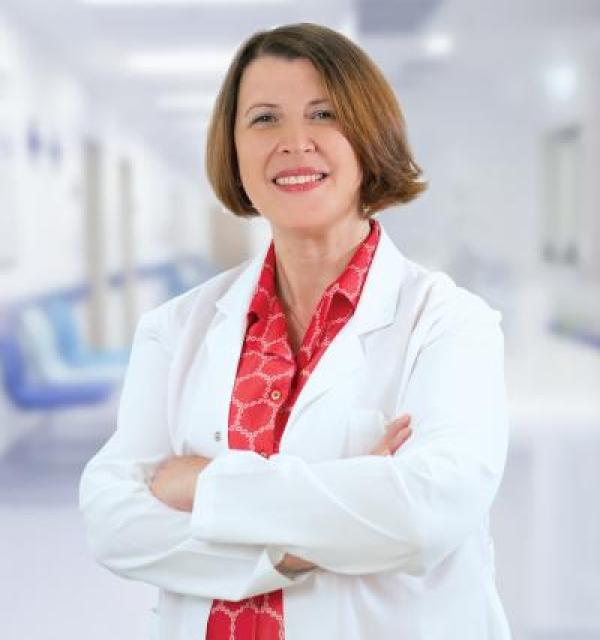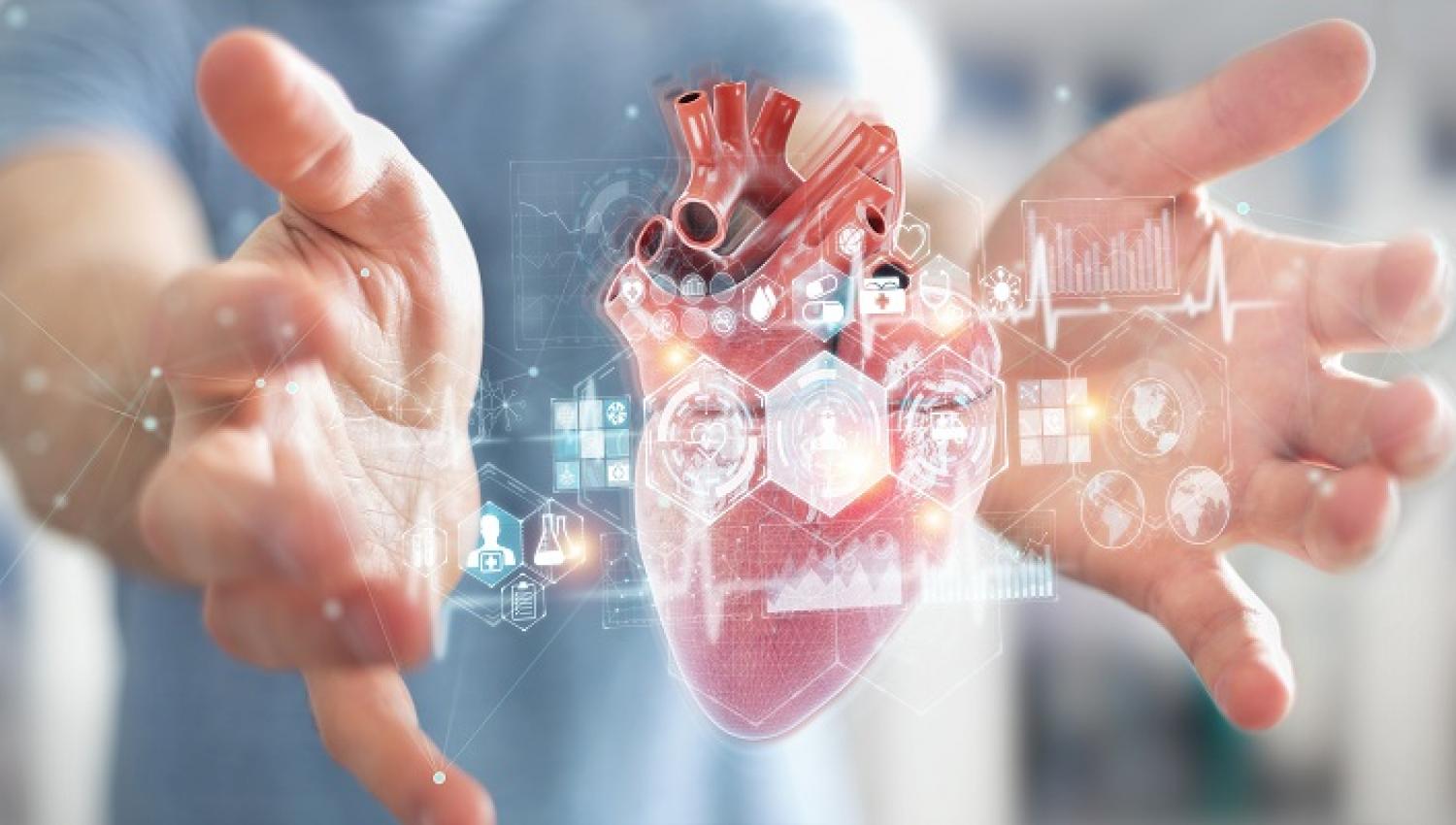Frequently Asked Questions About Varicose Vein
The cardiovascular surgery department of Yeditepe University Hospital answered the questions about varicose veins.
What are Varicose Veins and How Does It Develop?
The vessels that carry blood back to the heart are called veins. These vessels contain valves that allow the blood flow to be unidirectional toward the heart. However, if these valves are destroyed as a result of some hereditary and acquired factors, the blood returning to the heart escapes back due to gravity (reflux) and accumulates in the leg veins. Due to the increase in pressure caused by reflux over the years, the veins under the knee in the leg swell, expand, become curved and form varicose veins. Therefore, the main cause of varicose veins is valve failure in the veins, and the result is the varicose veins themselves.
What is the Prevalence in the Community?
Varicose veins are found in almost 50 percent of people between the ages of 20 and 70 in society. Varicose veins are present in 70 to 80 percent of patients over 70 years of age. In other words, the risk of varicose veins increases with age. In particular, a substantial proportion of women have varicose veins.
Why Is It More Common in Women?
The reason for the frequent occurrence in women is the influence of hormones and pregnancy. Hormonal changes in women during pregnancy increased fluid content and pressure on the abdomen of the baby during pregnancy increasing the pressure in the veins and causing varicose veins. Hormones are effective by loosening the connective tissue of the veins. In addition, birth control pills can cause clot formation in women's veins.
How Are Varicose Veins Diagnosed?
In varicose veins, most varicose veins caused by blood leakage (reflux) can be seen with the naked eye; they form the visible part of the iceberg. However, the veins or veins that cause varicose veins as a result of valve failure, that is, the main cause of the event, cannot be seen with the naked eye or understood by manual examination. These vessels, which form the invisible part of the iceberg, can only be seen with a special ultrasound device called "Color Doppler Ultrasonography". This is a painless and non-invasive procedure that takes an average of 30 minutes.
With this device, the artery and deep vein system of the leg can also be viewed with the varicose veins located in the lower parts of the skin and cannot be seen with the naked eye. Therefore, each varicose vein patient should be examined with color Doppler Ultrasonography first, a "map" of the diseased vessels should be made, and treatment should be performed according to this map. Color Doppler Ultrasonography should be performed by an experienced physician (preferably a radiologist) while standing because the most important reason for incorrect or inadequate treatments in varicose vein disease is the incorrect performance or interpretation of color Doppler Ultrasonography examination.
How Many Types of Varicose Veins Are There?
Vein insufficiency forms 3 types of varicose veins in our legs according to their size and proximity to the skin.
Large Varicose Veins:
They are varicose veins that protrude from the skin and vary in diameter from 4 to 15 mm. The cause of the event is usually a valve failure in a large main superficial vein.
Medium Varicose Veins (Reticular veins):
They are green varicose veins that protrude slightly from the skin and have a diameter of 2-4 mm. They usually occur as a result of valve failure in a smaller superficial vein.
Capillary Varicose Veins (Spider veins):
What Are the Symptoms of Varicose Veins?
They are red-violet varicose veins that do not protrude from the skin and have a diameter of less than 1-2 mm. A large number of these varicose veins are usually the result of valve failure in one or more superficial veins of small diameter.
- Leg veins becoming visible,
- Veins becoming curved with swelling from the skin,
- Pain,
- Itching,
- Burning sensations at night,
- Cramps,
- Fullness and/or restlessness,
- These complaints are not proportional to the size or number of varicose veins. Complaints about varicose veins increase during pregnancy and menstruation in women.


